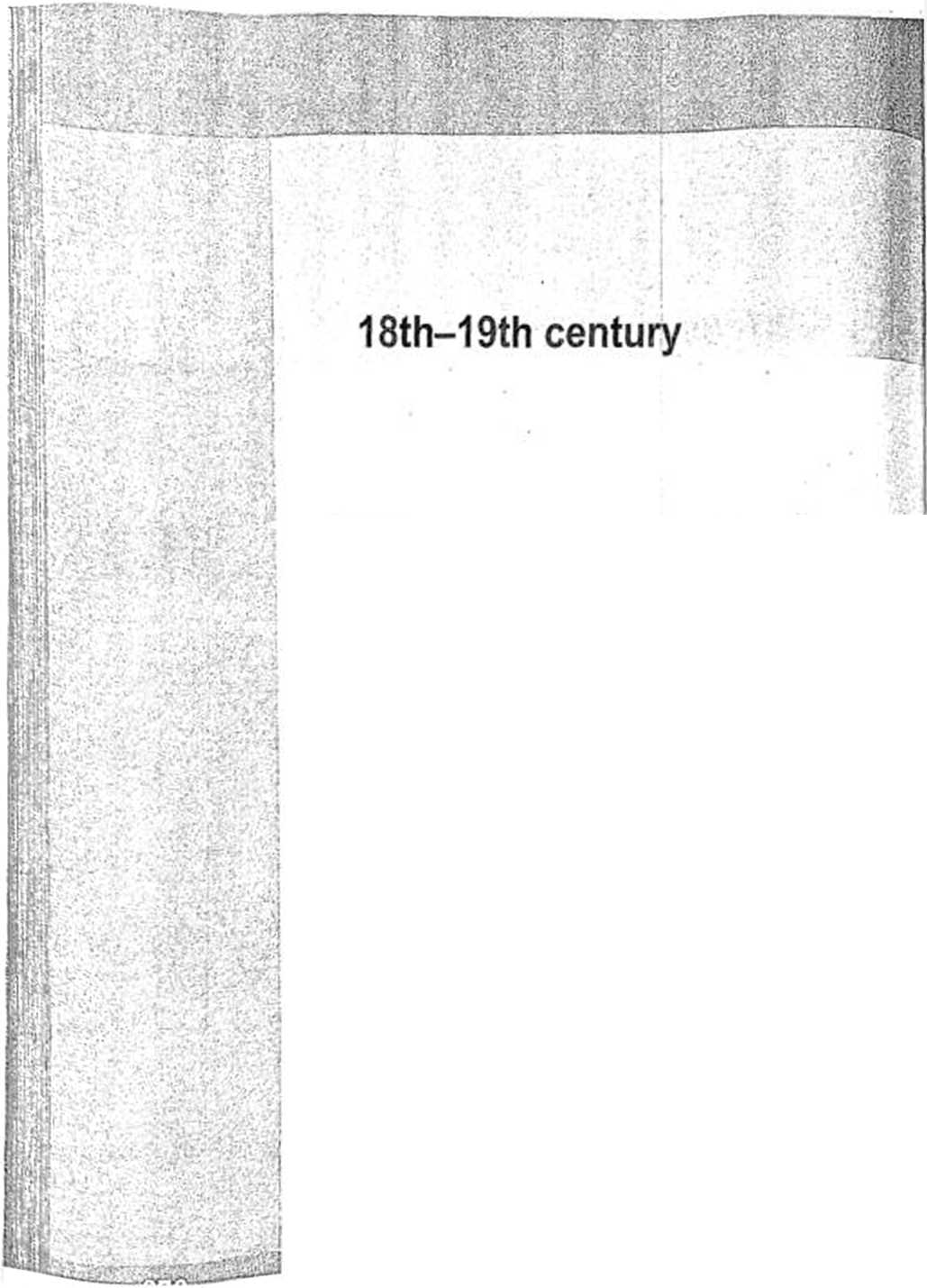4130654256

r
With the development of medianę doctors ca mc to be mterested in cos-metology. It was in France that the devdopment of Chemical ptocesses was particularly fast. Zinc oxidc bccamc widdy used as a facial powder, replacing the mixtutts of lead and coppcr But other poisooous sub-sunces wete soli used in cosmeoCS, like in eyeshadows 0^ a™ł *nó-mony sulphide) or lipsticks (meteunc sulphide).
The 19th cen tury women compared themsełves to delicace flowers and emphasized thor dclicacy and femininity. Tbcrefote, fine bjpe lines were painted on the skin to inerease the appearance of debcatc translu-cent skin showing vems.
Women would attempt to look pale obtaining the effect of pakness by drinking vinegar and avoiding fresh air. Pale skin was again a mark of gentility. Suntanned skin was considered vulgai and coarse. So women wore umbtellas to protcct the skin and thor rooms were shaded with dark heavy velvet curtains to kcq) out the sun’s rays.
A famous Watsaw beauty icon, Aleksandra Zajączkowa, the wife of General Zajączek, took cold baths and ate only cold food. Under her bed there was a bathtub filled with ice. Under her corsct she put taw meat which was bebcved to prevent skin from flabbiness. Was it rcally thanks to thosc proccdures that she maintained her feminine attractive-ness and lived dli 89? We may only wonder.
Make-up was sdll considered “not tuce”. Only aeuesses were allowed to use it, and women of qucsdonabić morals who were associated with heavy bpsock and rouge.
Tlić first powder manufacturing was started in 1750 by Bourjois. It was for cinema or theatre use (stage make-up). Very quickly chis cos-
mcóc passcd Etom the stage to the high socicty cootns regardcd as the most sophis ucated and grooming ptoduct
In those days the woman's hair was considered evidcnce of het beau-ty and health. It was tai ety cut and also supplemented with false hair depending on the current fashion.
The Edwardtan socicty hostess'* complexion, ravaged by age, a high catbohydratc diet, cotnbined with a dirty polluted atmosphere was duli and wrinkJed. So many middlc-aged women necded cosmetics and by 1900 make-up was once again accepted and wclcomc among socicty
btdies.
After 1886, the first face creams and various anti-agmg products ap-peared on the market. As ladies watched photos and films in the cinema they camc to compaie the advamages and disadvantnges of their ap-peannee. They also began to eatn their own money and could conse-quently think of purchasing beauty products.


}
I

v*-
Wyszukiwarka
Podobne podstrony:
308 Karolina Górnik direction is the development of elite private banking tailored to the needs of t
1.1 Local Area Networks The type of Computer network to be studied in 1.1 is a single isolated LAN w
kwiat trudniejszy ^ Fold with a guarter piece of origami paper ♦Traditional DiaRraai:Funiaki Shingij
skanowanie0107 (2) 12.4.5. Keys to teaching the writing skills A number of things
skanowanie0107 (2) 12.4.5. Keys to teaching the writing skills A number of things
skanowanie0107 (2) 12.4.5. Keys to teaching the writing skills A number of things
m1360 S. Romano (1432) The Rout of San Romano has been immortalised by Uccello’s famous paintings, b
THE CPTWD METHOD Besides this, the rangę of U has also been increased to 50 Bar in order to achieve
- Poetry was to be found in the Bibie: the resource of samts and angel1. -
UHAM098 Checklist This list is intended to help you to determine the type of headache you are likely
54United Nations — Treaty Series1972 category and the pertentage of eligible expenditures so to be f
Data Type The data type attribute defines the kind of data to be stored in the column. When you crea
16565 Ittman 37 oooBREA TH ING EKERCISES o i <^OOOOOO^y QNE of the most important thingfs to be c
A long tinte favorite of handlerafters, the colorful owi is a heautlfnl ąui/ling project to be displ
więcej podobnych podstron